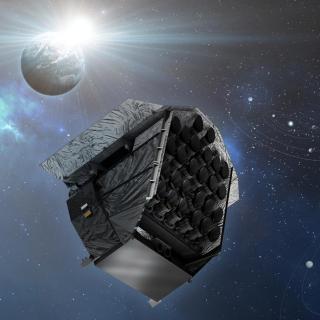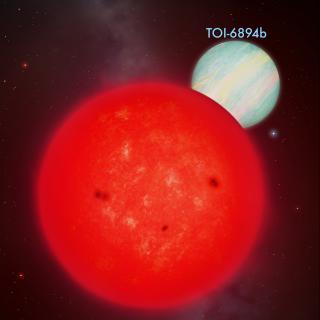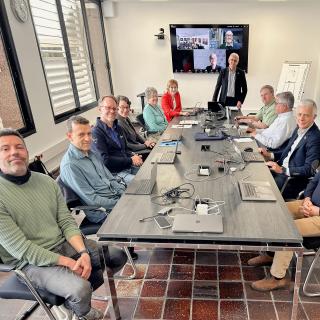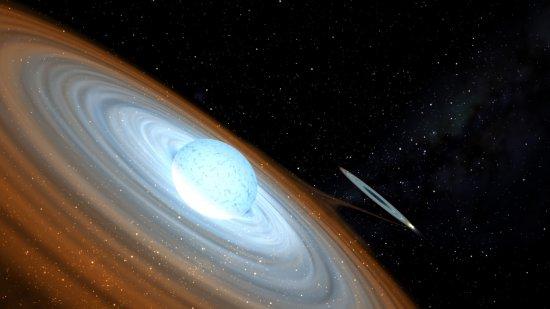It may interest you
-
 The PLATO (PLAnetary Transits and Oscillations of Stars) space mission, led by the European Space Agency (ESA), has recently completed one of the most delicate phases of its development: the integration of its main components, the 26 scientific cameras and the service module that houses all the instrument's acquisition, processing, and control electronics. This stage, carried out at the facilities of the aerospace company OHB in Germany, marks a fundamental step toward the launch scheduled for December 2026 from French Guiana aboard an Ariane 6 rocket. “Almost eight years after ESA gave theAdvertised on
The PLATO (PLAnetary Transits and Oscillations of Stars) space mission, led by the European Space Agency (ESA), has recently completed one of the most delicate phases of its development: the integration of its main components, the 26 scientific cameras and the service module that houses all the instrument's acquisition, processing, and control electronics. This stage, carried out at the facilities of the aerospace company OHB in Germany, marks a fundamental step toward the launch scheduled for December 2026 from French Guiana aboard an Ariane 6 rocket. “Almost eight years after ESA gave theAdvertised on -
 An international team of astronomers, including researchers from the Instituto de Astrofísica de Canarias (IAC), the University of Liège and collaborators in UK, Chile, the USA, and Europe, has discovered a transiting giant planet orbiting the smallest known star to host such a companion — a finding that defies current theories of planet formation. The host star, TOI-6894 , is a red dwarf with only 20% the mass of the Sun , typical of the most common stars in our galaxy. Until now, such low-mass stars were not thought capable of forming or retaining giant planets. But as published today inAdvertised on
An international team of astronomers, including researchers from the Instituto de Astrofísica de Canarias (IAC), the University of Liège and collaborators in UK, Chile, the USA, and Europe, has discovered a transiting giant planet orbiting the smallest known star to host such a companion — a finding that defies current theories of planet formation. The host star, TOI-6894 , is a red dwarf with only 20% the mass of the Sun , typical of the most common stars in our galaxy. Until now, such low-mass stars were not thought capable of forming or retaining giant planets. But as published today inAdvertised on -
 From Thursday, May 8th, to Friday, May 9th, the Canary Islands Institute of Astrophysics (IAC) is hosting the meeting of the Research Advisory Committee (CAI). This is the center's highest advisory body on research and analyzes its scientific and technological output. At this meeting, the director, Valentín Martínez Pillet, will present the center's main scientific and technological milestones, as well as a proposal for future lines of action. The director will also be joined by Eva Villaver, deputy director of the IAC; Romano Corradi, director of Gran Telescopio Canarias; Jonay GonzálezAdvertised on
From Thursday, May 8th, to Friday, May 9th, the Canary Islands Institute of Astrophysics (IAC) is hosting the meeting of the Research Advisory Committee (CAI). This is the center's highest advisory body on research and analyzes its scientific and technological output. At this meeting, the director, Valentín Martínez Pillet, will present the center's main scientific and technological milestones, as well as a proposal for future lines of action. The director will also be joined by Eva Villaver, deputy director of the IAC; Romano Corradi, director of Gran Telescopio Canarias; Jonay GonzálezAdvertised on
